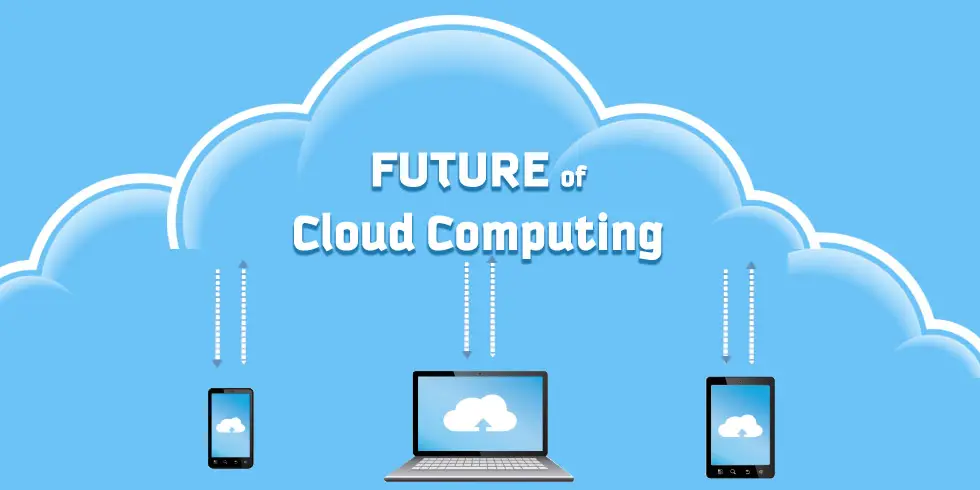The cloud infrastructure market has witnessed exponential growth in recent years, and the trend is set to continue in the coming years. Cloud infrastructure has transformed the way businesses operate by providing a scalable and cost-effective solution to their IT needs. With the adoption of cloud infrastructure set to reach new heights in 2023, let’s explore the future of cloud infrastructure in more detail.
Introduction
The introduction will provide a brief overview of cloud infrastructure and its importance in the current business landscape. The section will also highlight the market trends and drivers that are fueling the growth of cloud infrastructure.
Market Overview
This section will provide a detailed overview of the cloud infrastructure market, including its size, growth rate, and key players. The section will also highlight the major market trends and drivers that are shaping the future of the cloud infrastructure market.
Market Size and Growth Rate
This sub-section will provide the latest market size and growth rate of the cloud infrastructure market. The section will also include a forecast of the market size and growth rate for the year 2023.
Key Players
This sub-section will highlight the major players in the cloud infrastructure market. The section will provide a brief overview of their business operations, products, and services.
Market Trends and Drivers
This sub-section will explore the major market trends and drivers that are shaping the future of the cloud infrastructure market. The section will discuss the impact of emerging technologies, such as artificial intelligence, machine learning, and the Internet of Things, on the cloud infrastructure market.
Cloud Infrastructure Technologies
This section will provide a detailed overview of the different cloud infrastructure technologies, including public cloud, private cloud, hybrid cloud, and multi-cloud. The section will also highlight the advantages and disadvantages of each technology.
Public Cloud
This sub-section will provide a detailed overview of the public cloud technology, including its characteristics, advantages, and disadvantages. The section will also highlight the major public cloud providers, such as Amazon Web Services, Microsoft Azure, and Google Cloud.
Private Cloud
This sub-section will provide a detailed overview of the private cloud technology, including its characteristics, advantages, and disadvantages. The section will also highlight the major private cloud providers, such as IBM Cloud and VMware.
Hybrid Cloud
This sub-section will provide a detailed overview of the hybrid cloud technology, including its characteristics, advantages, and disadvantages. The section will also highlight the major hybrid cloud providers, such as Dell EMC and HPE.
Multi-Cloud
This sub-section will provide a detailed overview of the multi-cloud technology, including its characteristics, advantages, and disadvantages. The section will also highlight the major multi-cloud providers, such as IBM Cloud and Google Cloud.
Cloud Infrastructure Services
This section will provide a detailed overview of the different cloud infrastructure services, including infrastructure as a service, platform as a service, and software as a service. The section will also highlight the advantages and disadvantages of each service.
Infrastructure as a Service
This sub-section will provide a detailed overview of the infrastructure as a service (IaaS) technology, including its characteristics, advantages, and disadvantages. The section will also highlight the major IaaS providers, such as Amazon Web Services, Microsoft Azure, and Google Cloud.
Platform as a Service
This sub-section will provide a detailed overview of the platform as a service (PaaS) technology, including its characteristics, advantages, and disadvantages. The section will also highlight the major PaaS providers, such as IBM Cloud and Salesforce.
Software as a Service
This sub-section will provide a detailed overview of the software as a service (SaaS) technology, including its characteristics, advantages, and disadvantages. The section will also highlight the major SaaS providers, such as Microsoft Office 365 and Google Workspace.
Cloud Infrastructure Security
This section will explore the major security concerns associated with cloud infrastructure and how the industry is addressing them. The section will also discuss the latest trends in cloud security, such as zero-trust security and secure access service edge (SASE).
Cloud Infrastructure Management
This section will provide an overview of the different tools and platforms used for cloud infrastructure management. The section will also discuss the latest trends in cloud infrastructure management, such as automation and orchestration.
Cloud Infrastructure Cost Optimization
This section will explore the major cost optimization strategies used by businesses to optimize their cloud infrastructure costs. The section will also discuss the latest trends in cloud infrastructure cost optimization, such as serverless computing and containerization.
The Future of Cloud Infrastructure
This section will provide an overview of the future of cloud infrastructure and how the industry is evolving to meet the changing needs of businesses. The section will also discuss the latest trends in cloud infrastructure, such as edge computing and serverless computing.
Edge Computing
This sub-section will provide a detailed overview of edge computing and its role in the future of cloud infrastructure. The section will highlight the major players in the edge computing market and the advantages and disadvantages of edge computing.
Serverless Computing
This sub-section will provide a detailed overview of serverless computing and its role in the future of cloud infrastructure. The section will highlight the major serverless computing providers, such as AWS Lambda and Google Cloud Functions.
Conclusion
In conclusion, the future of cloud infrastructure looks bright with the industry set to witness exponential growth in the coming years. The adoption of emerging technologies, such as artificial intelligence and edge computing, is expected to drive the growth of cloud infrastructure. However, businesses must also be mindful of the major security and cost optimization challenges associated with cloud infrastructure.
FAQs
- What is cloud infrastructure?
- What are the major types of cloud infrastructure?
- What are the major cloud infrastructure providers?
- What are the major security concerns associated with cloud infrastructure?
- What are the major cost optimization strategies used by businesses to optimize their cloud infrastructure costs?
